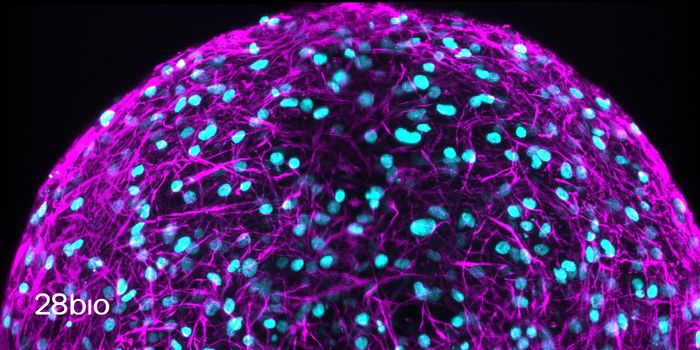HEX and Human Aggression: Sniffing Chemicals Emitted from Babies' Heads Leads to Different Responses in Men and Women
A new study published in Science Advances proposes hexadecenal as the first pheromone scientifically linked to aggression in humans.
Pheromones are chemical signals emitted by animals that can help them communicate with one another. Usually, pheromones are implicated as the reason behind enhanced or decreased aggression or linked to mating calls used by some species. Humans have been trying to figure out whether or not we emit pheromones for quite some time now. If we had figured out the right recipe of chemicals that would make us more attractive to other people, we would be bottling it and selling it by the millions (and some have already tried). As for peer-reviewed research, the existence of human pheromones is still in debate.
Hexadecenal (HEX) is a chemical emitted by humans through our skin, breath, and feces. In previous research, HEX was found to relax mice. Since the chemical has been observed in humans, it opened up the potential for a conserved, cross-species signaling molecule.
To test HEX’s effect on human aggression, researchers tasked participants to play a frustrating computer game. Half of the participants were given a HEX-infused patch on their upper lips to smell, while the others were given a control patch. Games were played in partners, where both partners had to cooperate to win the game. If either partner did not meet the game condition, they were hit with a bright red “NO!” Participants believed they were playing with another subject, but their partners were computers.
Aggression levels were measured by the participant’s responses to the games. After playing, the subject could send a loud noise to their partner. The volume of the noise measured the participant’s levels of aggression.
Researchers found that being exposed to HEX made women, on average, 13% more aggressive, whereas it made men 20% less aggressive. It should be noted that HEX patches did not calm all of the participants down, but the difference in reactions by men and women was notable.
These results are interesting in more ways than one— first, HEX is now a candidate for a potential human pheromone. It’s linked to human aggression in a sex-dependent manner, and researchers have a hypothesis as to why: babies emit HEX from their heads. During child rearing, mothers are encouraged to sniff their baby’s head. This activates a known pathway that triggers reward circuits in the brains of women.
They hypothesize that HEX is linked to survival. Maternal aggression positively affects infant survival in the wild, whereas paternal aggression has a negative impact. As a baby, being able to control (in some way) the aggression of their parents increases their chance of growing up.
Is that enough to label HEX as a pheromone? The authors of this paper are hesitant to do so. Their paper’s limitation is the fact that they did not measure HEX’s emission as a function of behavior. If this study had observed that HEX’s emission and found that it increased as aggression continued, then researchers would have been more inclined to label it a signaling pheromone. Since this was not tested, further research on the chemical is required before we have a definitive answer.
Sources: Science Advances








